“The illiterate of the 21st century will not be those who cannot read and write but those who cannot learn, unlearn and relearn.”
Alvin Toffler.
Change is inevitable, and it is not always the strong who win, but the quick adapters. Today, rapidly changing customer demands and needs, developing technologies, and emerging new trends increase the need to act agile.
What is Agile?
The concept of agile is an organization‘s ability to adapt to change and new conditions and to react quickly to innovations to create new business opportunities. The Agile Manifesto was originally coined for software development teams. During the industry crisis of the 90s, there were major delays in the delivery of technologies that responded to business needs and customer demands. In this period, the traditional project management method, the Waterfall method, was insufficient to meet the changing demands and constraints, so many projects had to be canceled. Afterwards, a group of thought leaders of the period brainstormed in order to provide more productive and efficient work in the software development process and published the “Agile Manifesto“ and “4 Main Articles and 12 Principles of Agile Software“.
According to four main articles:
1. Not processes and tools; individuals and interactions,
2. Not comprehensive documentation; running software,
3. Not a contract negotiation; cooperation with the customer,
4. Responding to changes rather than following the plan
always comes first.
Advantages of Agile
Because the time between iterations is short, sudden changes can be organized quickly.
The product module that comes out in each completed iteration is fed by customer feedback and the process continues.
Problems encountered during the production phase are taken into account and used as a reference to find a better solution in the next cycle.
The most well–known methods of implementing agile methodology
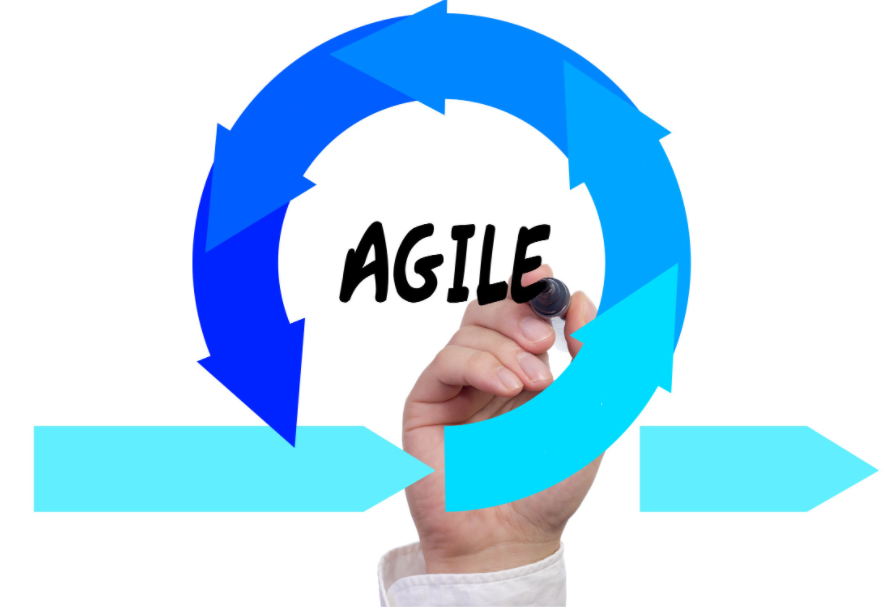
1-Scrum
The word “scrum“ comes from the sport of rugby. It is where players gather together by pushing against opponents in a docked position. Each player has a defined role in his position and can play both offense and defense as the situation demands. You can read “Scrum: The Art of Doing Twice the Work in Half the Time“ by Jeff Sutherland, co–creator of Scrum, to understand the Scrum philosophy and best use cases. The “-How do you eat an elephant? –Taking one bite at a time“ dialogue in the book summarizes the Scrum methodology. Even if you have to do something as big as an elephant at the end of the day, you have to break it up into smaller pieces. Taking a bite at a time, you should focus on what‘s going on in your Sprint, not more or less.
Scrum Concepts:
–Sprint: They are loops that the Scrum team performs iteratively. Within these cycles, the planned works are completed by the scrum team, evaluated at the end of the sprint, and the next cycle begins. Sprints are usually 2–4 weeks long, but can be done for 1 week depending on the situation.
–Backlog: It is the list of requirements required for the process. The to–do list according to business requirements is collected in the backlog and distributed to sprints according to their priorities. Additions and deletions can be made to the backlog at any time according to changing needs.
– Walking Meetings: Although daily walking meetings are being replaced by online meetings, they should still last a maximum of 15 minutes. Each team member should quickly and transparently discuss progress since the last meeting.
-Sprint Review: An event where the team presents the work completed during the sprint. The Product Owner controls the work according to predefined acceptance criteria, accepts or rejects the work as a result of the control. Stakeholders or customers provide feedback to ensure improvements made meet business needs.
-Sprint Retrospective: The Retrospective is the final team meeting to determine what went well in the Sprint, what didn‘t, and how the team can improve in the next Sprint.
Scrum Team;
-Scrum Master: is responsible for ensuring that the team adheres to the Scrum rules, theories, and practices.
-Development Team: They ensure that the determined features are realized in the targeted time and quality.
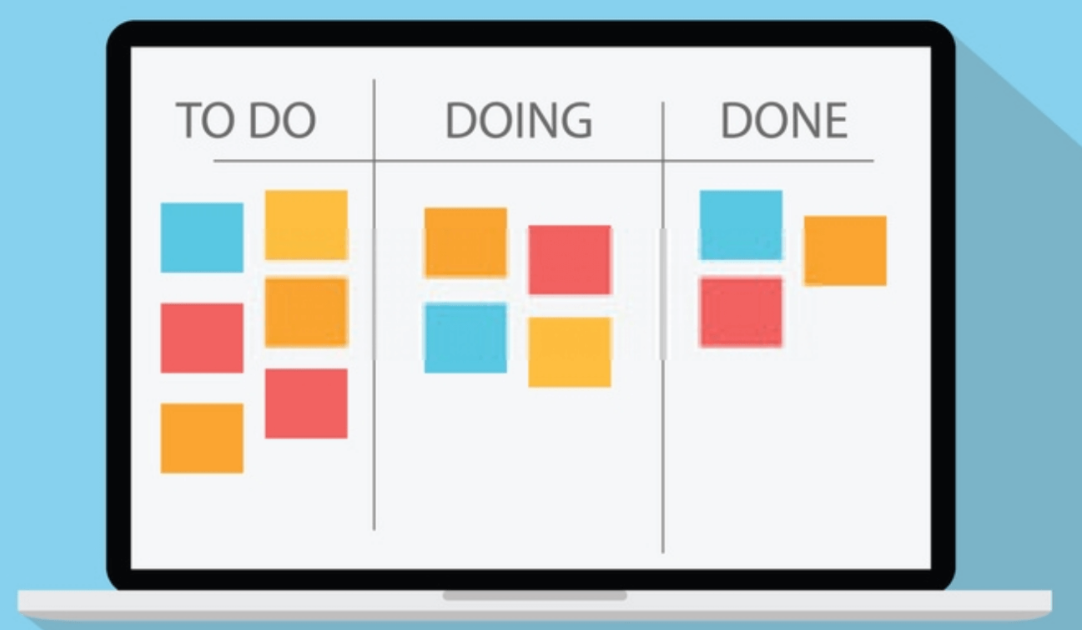
2-Kanban
Kanban, which means card in Japanese, is based on the visualization of business processes. In its simplest form, “To Do, Doing, and Done“ groups are created on a board and to–dos begin to be added to the “To Do“ column. In this way, workflows can be monitored transparently. At the same time, a work limit (WIP Limit) can be placed in the “In Progress“ group so that the team can focus on the work at hand and finish them as soon as possible without taking too much work.
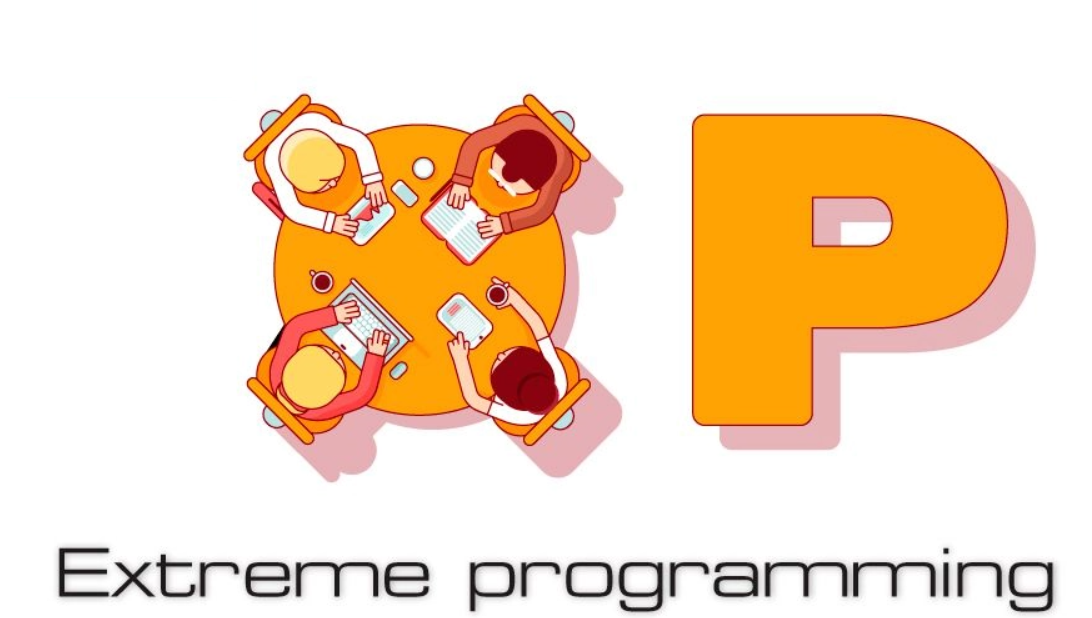
3.Extreme Programing
It is a software development framework that consists of various agile techniques. This principle is used to improve the quality of software solutions and to anticipate customer wants and needs.
Agile Methodology for Non-Technical Teams
The Agile Methodology, which has become increasingly popular in recent years, is not only used by software teams but also non–technical marketing, sales, and customer experience teams. Successful results have also been obtained when applied with teams such as these. Those who have implemented it have found that using an agile mindset and agile practices helps their teams do more, make their customers happier, and make their teams more collaborative.
How to adapt non–technical teams to agile work?

Set Clear and Transparent Goals
Every team needs a common goal, otherwise it risks becoming a community of people with everyone‘s own agenda. It‘s important to set clear goals and objectives because they bring people together by creating a collective consciousness in your team. This situation encourages team members to solve the problems and their results.
To set clear and transparent goals:
- Make sure your teams understand the goals and monitor progress of your goals regularly.
- The esasiest way to set clear goals is to set monthly or quarterly OKRs for the team. For more information, read our blogposts.
- The easiest way to set clear goals is to set monthly or quarterly OKRs for the team.
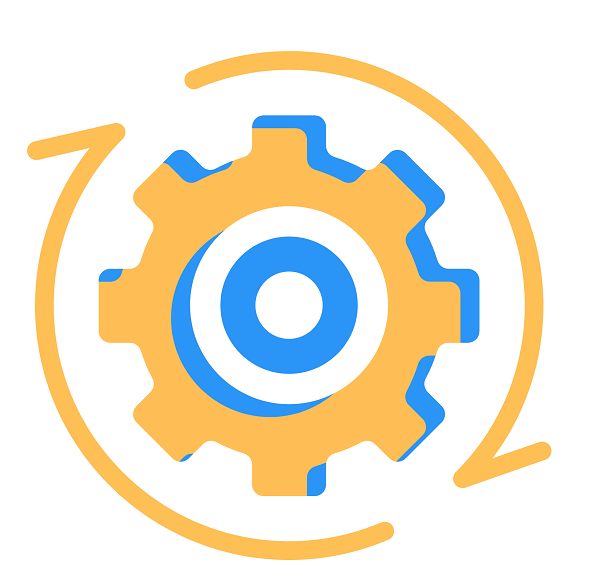
Start to Work With Sprints
A sprint can be thought of as a period of time where the team works together to complete certain tasks. The duration depends on the needs of the team, but the most common is 2 to 4 weeks. Working in sprints forces the team to break complex issues into smaller pieces so they can deliver them within the set time frame. Evaluating the sprint by doing a retrospective at the end of each sprint allows the team to reflect on their working methods so they are consistently better at what they do. With the retrospective, the entire team comes together to openly discuss the past sprint and look for ways to improve, creating transparency and trust.
For successful sprints:
- Let the team determine how to achieve their goals.
- Do not make unrealistic predictions about the work to be done within sprint period. It may reduce the motivation od the team at the end of the sprint.
- Sprint Evaluate the sprint with end-of-sprint retrospectives, learn from your mistakes and get better.
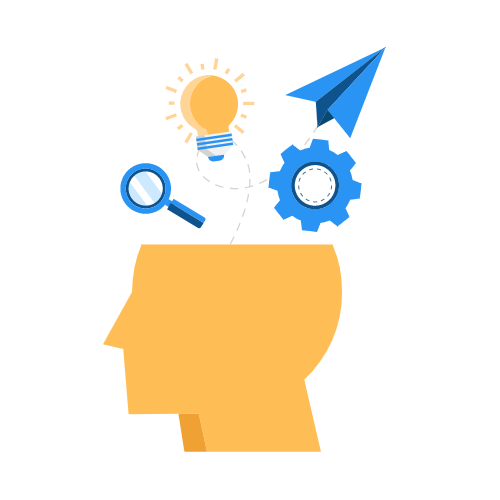
Create Teams that can Move Autonomously
Self–management, or autonomy, is a fundamental application in agile working methods. In autonomous organizations, the organization‘s strategy and goals are translated into team–level goals. Teams can decide for themselves how to achieve this goal, which requires them to make their own decisions, try actively, learn from failures, and adapt constantly. In this way, motivated team members who run towards the goal with a collective consciousness emerge and enable you to increase the productivity of the team to high levels. Self–organizing teams also require their members to have versatile skills. If team members are too expert in their field, the team may not be able to cope with their absence and may face obstacles. Therefore, invest in knowledge sharing so the team can maintain knowledge and share work from one team member to another.

Choose one of the Agile Methodologies Right for You
When it comes to Agile work, most people usually think of Scrum. However, not every team‘s business processes are suitable for working with Scrum. For example, if a support processes team tries to prioritize their day–to–day operational activities and complete them within a 2–week sprint, they may feel challenged. Operational works are not suitable to be converted into backlog lists and work repeatedly, they must be done according to current workflows and operational priorities.

Adopt an Agile Mindset
Adopting an agile mindset can be very beneficial for teams because it helps them meet customer needs, respond to change, and work faster.
For teams to adopt an agile mindset:
- Get people to self-organize and talk to each other about what they are doing.
- Set clear goals and objectives for the team so that everyone has a common understanding of what the end result should be.
- Start working in sprints and look back after each sprint to see how the team can improve.
- Do not try to do everything on Scrum teams. If the job is repetitive and predictable, it is better to use Kanban to visualize the job.
- Finally don't get too caught up in the ceremony and bureaucracy of agile work.
The Agile processes to project management and the OKRs represent two different philosophies that can be used to improve a company. The Agile processes focus on the means and adopted work methods on a team level, while the OKRs focus on the value outcomes that the company wants to achieve. By using both of these philosophies, companies can continuously align work with the company’s mission, boost employee engagement, and bring more focus to work. The key to closing the strategy-to-execution gap in your company is to spend more time strategizing and translating that strategy into actionable goals. Here is a good example “How OKR and Agile work together?
Stay up to date on the most productive apps and tools in the world.

